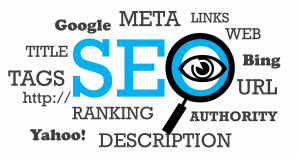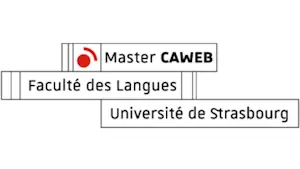SEO Translation and Attaining Global Success
SEO translation is a translation approach intended to improve your website’s position on search engine results. The aim is to boost your website’s effectiveness on an international level. Find out how to carry out a referencing-oriented translation and which tools you can use to get the best results.

SEO translation: Which approaches work best?
Firstly, it is important to optimize the original content before translating it into other languages. Once your site is optimized, there are two main approaches to multilingual SEO. Either you opt to translate your content and optimize it afterward, or you firstly identify the keywords that you will progressively incorporate during the localization process. Here, we will focus on the second approach.
Keywords and where to find them
Firstly, you need to identify keywords you would like to use to reference your site. The keywords you chose for the original untranslated website can be a good place to start. You can translate them and look for other synonyms to have a more complete list that will allow you to find the most relevant keywords.
Simply translating them keywords will not be enough; you need to test your keywords to make an objective choice, while keeping search volume and complexity in mind. There are several analysis tools that will help you choose the most relevant keywords in terms of search volume, competition, and complexity. The idea is to find keywords that have a relatively high search volume and relatively low complexity.
There are many tools you can use to identify and analyze keywords. Here is a short list:
- Tools for analyzing the complexity and search volume of keywords, such as Ahrefs Keywords Explorer, SemRush and Moz Keyword Explorer.
- Google keyword analysis tools such as Google Adwords and Google Trends.
- Tools to find out which keywords already drive traffic to your site or your competitors’ sites: Ahrefs Site Explorer.
Never forget when doing multilingual SEO that your site must be adapted to the target culture. The consumer should think that the website has been created by someone who is from their own culture and speaks their language fluently. It is therefore essential to choose the right terminology. To do this, you must take your target group into account. A perfectly correct English term may be popular in the UK, but completely obscure in Australia.
Figure out how search engines work. This will give you an edge when it comes to SEO.
When deciding to launch your website internationally, a good SEO translation is essential to get the highest possible ranking on Google or other search engines in your intended target countries. This means you need to make use of the most popular search engines in the countries you want to target to get the right references when choosing keywords, and understand how search engines crawl, index, and display websites.
Keep in mind that the purpose of SEO translation is to make it easier and quicker for users in different target countries to find your website. To achieve this goal, your translation should follow the good practices for international SEO. This is essential to helping search engines recognize different versions of your site and display your content in the right language, depending on the user.
Sources
Multilingual SEO: Translation and Marketing Guide
SEO Translation
Have a look at some of our other articles, including: Mobile Development: The Right Tools for Getting Started and Discovering Typescript.
Article written by CAWEB Master’s students.





